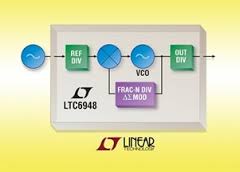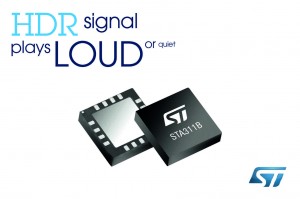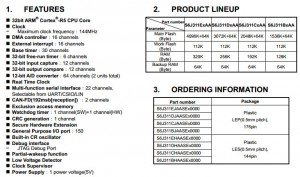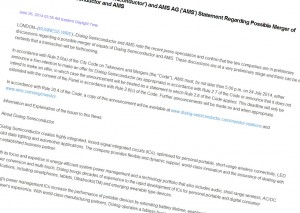The first quantum transmission to go via space paves the way for ultra-secure communications satellites.
Secret encryption keys transmitted via quantum links provide the ultimate way to communicate securely. That’s because any attempt to intercept the key will be revealed thanks to the laws of quantum mechanics, which say that interception will introduce changes that give away eavesdroppers.
The technology is already available for fibre-optic cables, but a truly global network would need satellites to beam quantum data between distant locations. To test how these might work, Paolo Villoresi at the University of Padua in Italy and his colleagues turned to satellites covered in ultra-reflective mirrors. These are normally used to bounce laser beams back to Earth. The time they take to return shows up any shifts in gravity.
In 2007, the team sent a beam of light to space using the Matera Laser Ranging Observatory (MLRO) in Italy and detected single photons bounced off Japan’s Ajisai satellite. For the latest experiment, they prepared photons in four different quantum states – the minimum required to generate an encryption key – and sent them to space using the MLRO. They were able to receive quantum bits of information, or qubits, bounced back from five satellites up to 2600 kilometres above. That smashes the previous record for sending quantum information – 144 kilometres, between two locations on Earth.
To ensure they didn’t count background photons that were not part of the signal, the team timed the laser pulses exactly, rejecting any light that returned outside a narrow time window. The observatory acted as the transmitter and receiver, so the team decided not to send an encrypted message. Still, the team thinks the photons would have been able to encrypt about one bit of data a second.
The team has a way to go before quantum satellites are up to speed. Light travells easily through fibre optic cables compared to turbulent air, so ground-based commercial versions of the technology can encrypt at much faster rates of at least 1 megabit a second.
Villoresi compares the performance to Sputnik, the first-ever satellite, launched in 1957. “Comments at the time were, ‘How nice, the satellite can send a few beeps, it’s totally useless’,” he says. “We are more or less the same level.” But even a very limited data channel could be used to send secure commands to a spacecraft, he says.
Rupert Ursin at the Institute for Quantum Optics and Quantum Information in Vienna, Austria, points out that Villoresi’s team sent the qubits in four bursts, each tens of seconds apart. That means they did not detect all four quantum states at once, which would be necessary for a true quantum satellite.
And Jian-Wei Pan at the University of Science and Technology of China in Hefei notes that a lot of photons are lost in transmission, so he is not sure the signal would be strong enough to transmit a full quantum key. But Pan and Ursin both say the work shows the technology is getting close.
China has announced plans to launch a true quantum communications satellite in 2016, and other nations’ space agencies are investigating the possibility. “Everything is ready, and if we had enough money we could fly,” says Ursin. “The risk that we fail in space is reduced thanks to these kinds of experiments.”
Journal reference: arxiv.org/abs/1406.4051
Syndicated content: Jacob Aron, New Scientist







